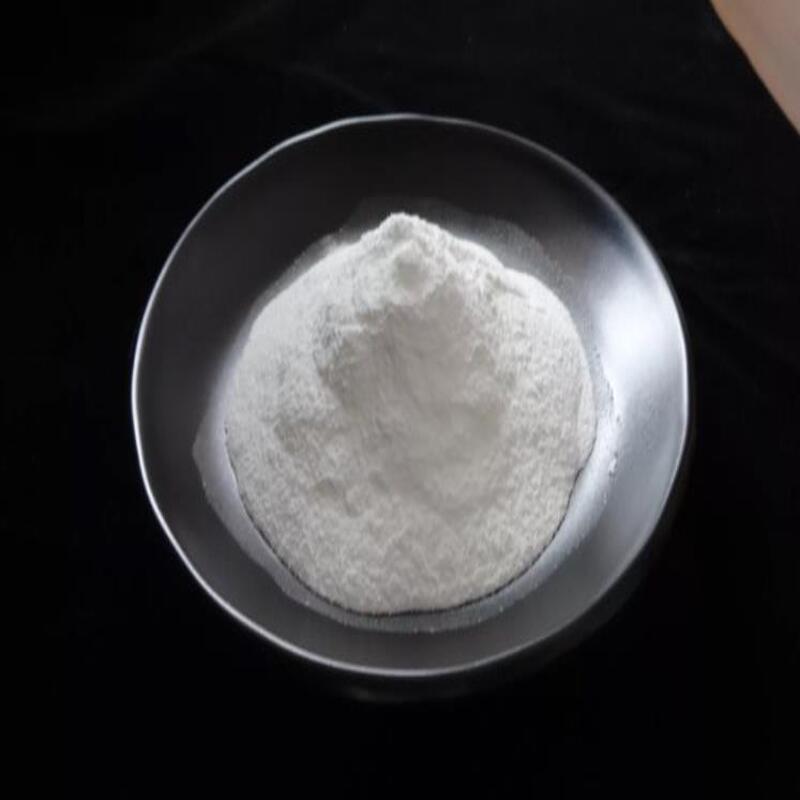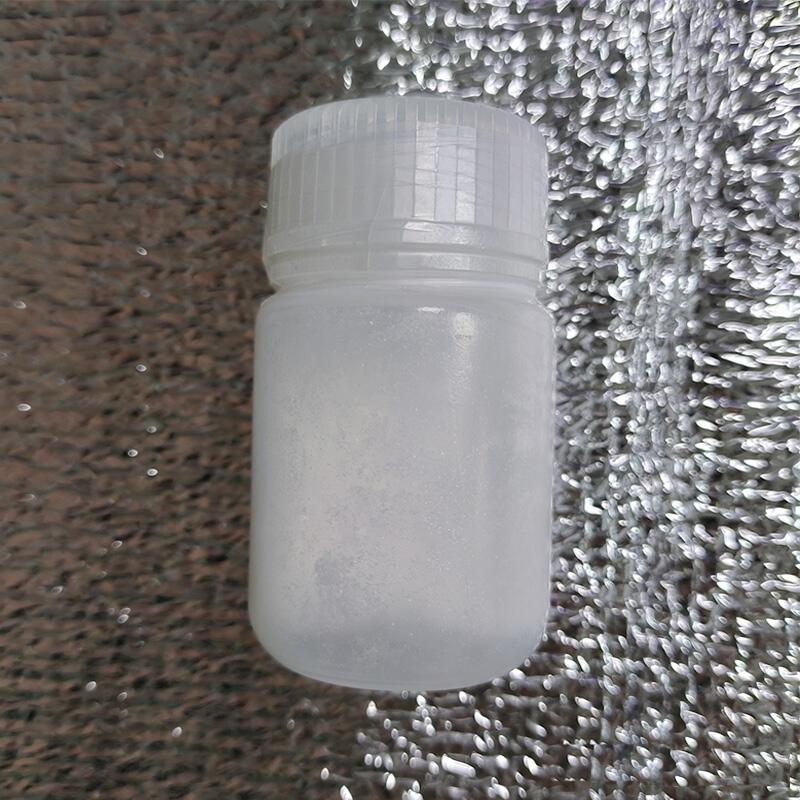-
Categories
-
Pharmaceutical Intermediates
-
Active Pharmaceutical Ingredients
-
Food Additives
- Industrial Coatings
- Agrochemicals
- Dyes and Pigments
- Surfactant
- Flavors and Fragrances
- Chemical Reagents
- Catalyst and Auxiliary
- Natural Products
- Inorganic Chemistry
-
Organic Chemistry
-
Biochemical Engineering
- Analytical Chemistry
-
Cosmetic Ingredient
- Water Treatment Chemical
-
Pharmaceutical Intermediates
Promotion
ECHEMI Mall
Wholesale
Weekly Price
Exhibition
News
-
Trade Service
Clinical history
66 years old, male;
Complaints:
increased stools, edema of both lower extremities for 5 months
.
Current medical history:
increased stool frequency began before 5 months, 3-5 times / day, yellow unformed stool, no abdominal pain, black stool, pus and bloody stool, nausea, vomiting, hematemesis, etc
.
At the same time, both lower extremities may be depressed and edema
.
Weight loss of about 7kg
.
External hospital examination:
blood Alb 21.
8g/L, hsCRP 7.
2mg/L, residual blood routine, liver and kidney function, urine protein, stool OB, coagulation, tumor indicators, ANA, etc.
are negative, the external hospital diagnosed "inflammatory bowel disease", hormones, mesalazine treatment effect is not good, intermittent improvement
.
Previous physical fitness
.
Physical examination:
pittable edema of both lower extremities, cardiopulmonary abdomen (-).
02Imaging examination
Abdominal and pelvic enhanced CT + small bowel reconstruction
Fig.
1 Axis position, A, C are flat sweep, B, D are enhanced
Fig.
2 Coronal position, all enhanced
03 Interpretation
1.
The affected site of the patient is: A.
Group 5 small intestine B.
Group 3 and 4 Small intestine
C.
Group 2 and 6 Small intestine
D.
Ileocecal
Answer:
C
2.
The main radiographic findings include: A.
thickening of the intestinal wall
B.
stenosis
of the intestinal lumen C.
dilation of the intestinal lumens D.
Serous surface roughness
E.
mesenteric lymphadenopathy
Answer:
A C E
The patient's intestinal wall is uniformly thickened, strengthened evenly, the intestinal lumen is dilated
, and the serous surface is smooth, Enlarged lymph nodes
are seen on the mesentery.
3.
The most likely diagnosis is: A.
Crohn's disease B.
CMUSE
C.
Small bowel tuberculosis
D.
lymphoma
Answer:
D
Crohn's disease
tends to occur in the ileocecal part, and the intestinal wall can be evenly thickened and strengthened in layers , the serous surface is rough, and comb signs can be seen, which are not consistent
with the patient.
CMUSE mucosal surface strengthening is more pronounced, and the thickening of the intestinal wall is not as pronounced
as in this patient.
Inflammatory exudative changes in small bowel tuberculosis are more pronounced
.
Typical manifestations of lymphoma include uniform thickening of the intestinal wall, aneurysm-like dilation of the lumen that is not narrow, insignificant inflammatory exudation, and surrounding enlarged lymph nodes, making the presentation of this patient more
likely to be considered lymphoma.
04 Diagnosis
Partial small intestinectomy, pathological results are: in line with enteropathy-related T-cell lymphoma (II), the tumor penetrates the base layer of the intestinal wall to the surrounding fat, the two severed ends and circumferential resection margin are not special, and the lymph nodes show chronic inflammation
.
05 Discussion
Enteropathy-associated T-cell lymphoma (EATL) is a rare peripheral lymphoma
.
It tends to occur between 50 and 60 years of age, and the incidence is equal
in men and women.
The disease is closely
related to celiac disease.
EATL progresses rapidly and has a poor prognosis, with a median survival time of 10 months
.
Pathologically, EATL is easily confused
with inflammatory bowel disease.
Because atypical T lymphocytes and inflammatory lymphocytes accumulate at the ulcer at the same time, if the biopsy puncture site is dominated by inflammatory cells, it is easy to be misdiagnosed as inflammatory bowel disease
.
Due to the low incidence of EATL, reports of radiographic findings of EATL are limited
.
The manifestations of small bowel lymphoma can be varied and sometimes difficult to distinguish from inflammatory bowel disease, but lymphoma
should be considered when the patient has repeated disease or the treatment of inflammatory bowel disease is not effective, especially when imaging shows thickening of the intestinal wall and aneurysmal dilation of the intestinal lumen.







